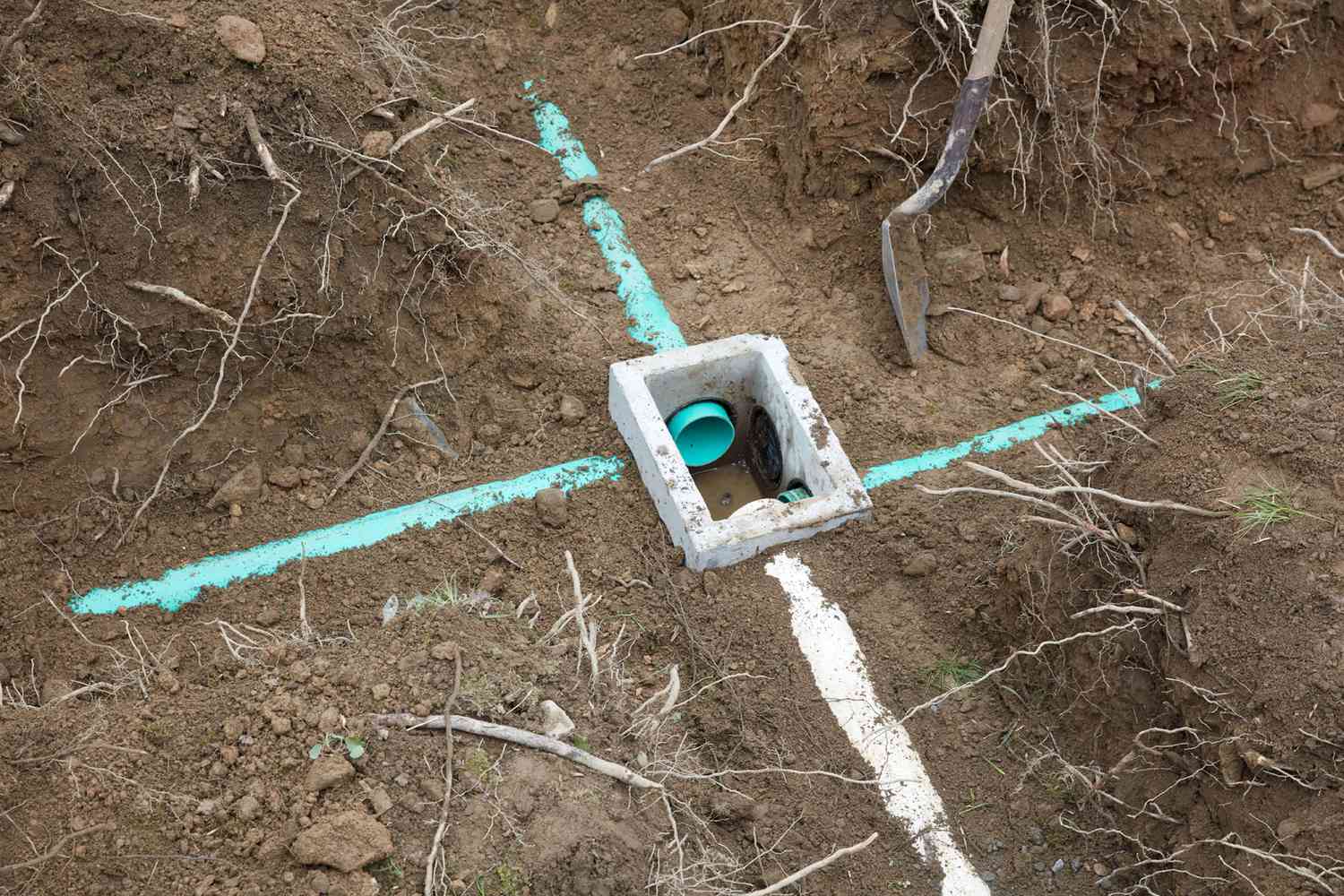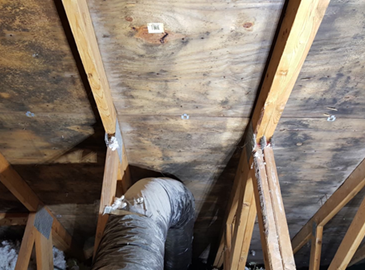
Maintaining a healthy septic system is vital to the success of a household or commercial property. Septic system maintenance requires septic tank cleaning and pumping. An effectively operating septic system can be instrumental in ensuring long-term efficiency and security for the safe disposal of wastewater from residences and commercial establishments that lack connections to municipal sewer lines. Failure to perform proper septic system maintenance results in costly repairs, unpleasant odors, and potentially hazardous conditions. Regular maintenance, including septic tank cleaning and pumping, is essential to prevent such issues and maintain the system’s long-term performance.
The septic tanks cleaning involves the removal of solid waste, sludge, and other accumulated debris from the septic tank. Concurrently, scum builds up and collects on the tank’s upper surface. Septic tank cleaning typically requires professional assistance and specialized equipment. This helps maintain the tank’s proper functioning and prevents blockages or backups. Regular septic tank cleaning is recommended every 3-5 years, depending on the tank size and household usage.
- Improved System Efficiency – Regular cleaning prevents the build-up of sludge and solids, allowing the tank to operate efficiently and maintain its capacity.
- Prevents Clogs and Backups – By removing accumulated debris, septic tank cleaning reduces the risk of clogs and backups in the plumbing system, ensuring wastewater flows smoothly.
- Extends System Lifespan – Proper cleaning helps prevent costly repairs and prolongs the lifespan of the septic system, saving homeowners from the expenses associated with system replacement.
Key distinctions between septic tank cleaning and pumping
Septic tank pumping, often confused with cleaning, is a specific task performed during the maintenance process. Pumping involves removing the liquid portion, or effluent, from the septic tank. The main objective of septic tank pumping is to free up capacity within the tank, enabling the introduction of fresh wastewater while facilitating the effective segregation of solids and liquids. Unlike septic tank cleaning, pumping does not involve removing the accumulated solids and sludge. Instead, it focuses on extracting the liquid effluent from the tank, preventing it from overflowing into the drain field or backing up into the property. The frequency of septic tank pumping depends on various factors, such as household size, water usage, and tank size, and is typically recommended every 2-3 years.
- Prevents system overloading – Regular pumping prevents the septic tank from reaching its maximum capacity, it efficiently processes incoming wastewater.
- Maintains drain field functionality – By preventing effluent overflow, septic tank pumping helps protect the drain field from becoming saturated, which leads to system failure and costly repairs.
- Reduces odors and health risks – Proper pumping reduces the likelihood of unpleasant odors and minimizes the risk of contamination, maintaining a safe and healthy environment.




